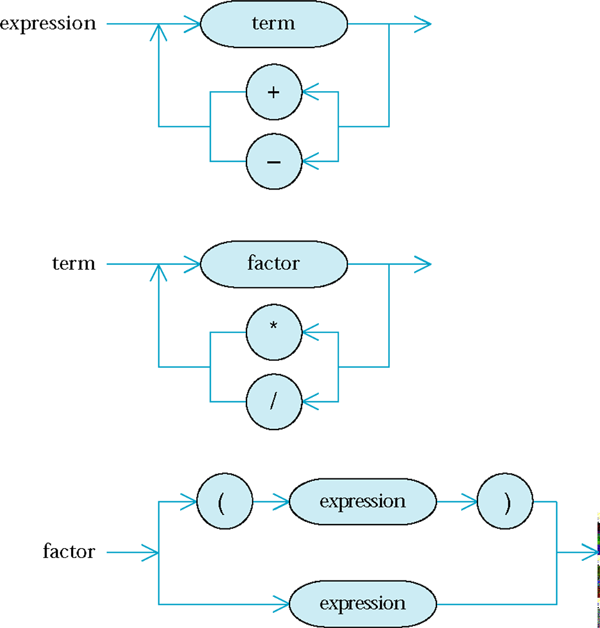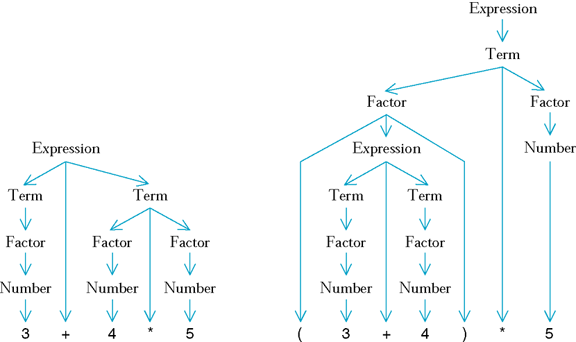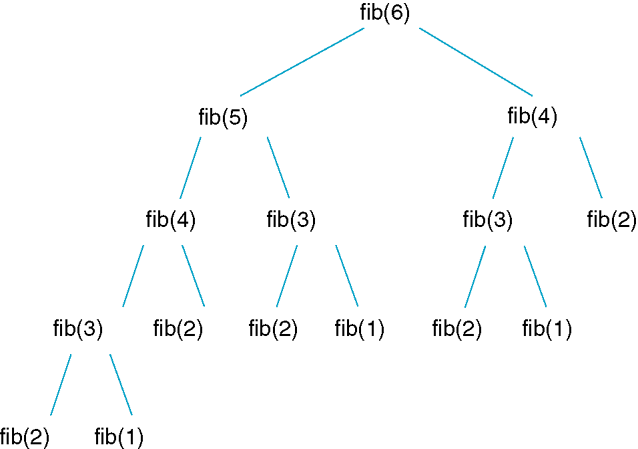Chapter 17
Recursion
Chapter Goals
- To learn about the method of recursion
- To understand the relationship between recursion and iteration
- To analysis problems that are much easier to solve by recursion than by
iteration
- To learn to think recursively
- To be able to use recursive helper methods
- To understand when the use of recursion affects the efficiency of an algorithm
Triangle Numbers
- Compute the area of a triangle of width n
- Assume each [] square has an area of 1
- Also called the nth triangle number
- The third triangle number is 6
[]
[] []
[] [] []
Outline of Triangle Class
public class Triangle
{
public Triangle(int aWidth)
{
width = aWidth;
}
public int getArea()
{
...
}
private int width;
}
Handling Triangle of Width 1
- The triangle consists of a single square
- Its area is 1
- Add the code to getArea method
for width 1
public int getArea()
{
if (width == 1) return 1;
}
Handling General Case
[]
[] []
[] [] []
[] [] [] []
- Assume we know the area of the smaller, colored triangle
- Area of larger triangle can be calculated as
smallerArea
+ width
- To get the area of the smaller triangle
-make a smaller triangle and ask it for its area
Triangle smallerTriangle = new Triangle(width - 1);
int smallerArea = smallerTriangle.getArea();
- Completed getArea method
public int getArea()
{
if (width == 1) return 1;
Triangle smallerTriangle = new Triangle(width - 1);
int smallerArea = smallerTriangle.getArea();
return smallerArea + width;
}
Computing the area of a triangle with width 4
- getArea method makes a smaller
triangle of width 3
- It calls getArea on that
triangle
- That method makes a smaller triangle of width 2
- It calls getArea on
that triangle
- That method makes a smaller triangle of width 1
- It calls getArea
on that triangle
- That method returns 1
- The method returns smallerArea + width = 1 + 2 = 3
- The method returns smallerArea + width = 3 + 3 = 6
- The method returns smallerArea + width = 6 + 4 = 10
Recursion
- A recursive computation solves a problem by using the solution of the same
problem with simpler input.
- For recursion to terminate, there must be special cases for the simplest
inputs.
- To complete our Triangle example, we must handle width <= 0
- add this line to the getArea
method
if
(width <= 0) return 0;
File Triangle.java
TriangleTest.java
Permutations of a String
- Design a class that will list all permutations of a string
- A permutation is a rearrangement of the letters
- The string "eat" has six permutations
"eat"
"eta"
"aet"
"tea"
"tae"
Public Interface of PermutationGenerator
class PermutationGenerator
{
public PermutationGenerator(String s) { . . . }
public String nextPermutation() {. . . }
public boolean hasMorePermutations() { . . . }
}
File PermutationGeneratorTest.java
To Generate All Permutations
- Generate all permutations that start with 'e' , then 'a' then
't'
- To generate permutations starting with 'e', we need to find all permutations
of "at"
- This is the same problem with simpler inputs.
- Use recursion
- nextPermutaion method returns
one permutation at a time
- PermutationGenerator remembers
it state
- the string we are permuting (word)
- position of the current character (current)
- a PermutationGenerator of the substring (tailGenerator)
- nextPermutation asks tailGenerator
for its next permutation and returns
word.charAt(current) + tailGenerator.nextPermutation();
Handling the Special Case
When the tail generator runs out of permutations, we need to:
- Increment the current position
- Compute the tail string that contains all letters except for the current one
- Make a new permutation generator for the tail string
File PermutationGenerator.java
Recursive Helper Method
- The public boolean method isPalindrone(
) calls helper method
isPalindrome(int start, int end)
- Helper method skips over matching letter pairs and non-letters and calls
itself recursively
public boolean isPalindrome(int start int end)
{
//separate case for substrings of length 0 or 1
if (start>=end) return true;
//get first and last character, converted to lowercase
char first = Character.toLowerCase(text.charAt(start));
char last = Character.toLowerCase(text.charAt(end));
if ((Character.isLetter(first) && Character.isLetter(last))
{
if (first == last)
{
//test substring that doesn't contain the matching letters
return isPalindrome(start +1, end -1);
}
else
return false;
}
else if (!Character.isLetter(last))
{
//test substring that doesn't contain last character
return isPalindrome(start, end -1);
}
else
{
//test substring that doesn't contain first character
return isPalindrome(start + 1, end);
}
Using Mutual Recursion
Problem: to compute the value of arithmetic expressions such as
3 + 4 * 5
(3 + 4) * 5
1 - (2 - (3 - (4 - 5)))
Syntax Diagram for Evaluating and Expression

Syntax Tree for Two Expressions

Mutually Recursive Methods
- Implement 3 methods that call each other recursively
- getExpressionValue
- getTermValue
- getFactorValue
File Evaluator.java
File ExpressionTokenizer.java
File EvaluatorTest.java
Fibonacci Sequence
- Fibonacci sequence is a sequence of numbers defined by
f1 = 1
f2 = 1
fn = fn-1 + fn-2
- First ten terms
1, 1, 2, 3, 5, 8, 13, 21, 34, 55
The Efficiency of Recursion
- You can generate the Fibonacci series using either recursion or iteration
- Both are conceptually easy to understand and program
- Iterative solution is much faster
- Palindrome test can be implemented as either recursion or iteration
- Both are easy to program
- Both run about the same speed
- Permutation generator can be solved using either recursion or iteration
- Recursive solution is dramatically easier to understand and implement
- Both run at about the same speed
File FibTest.java
Call Pattern of the Recursive fib Method

File FibTrace.java
File FibLoop.java



